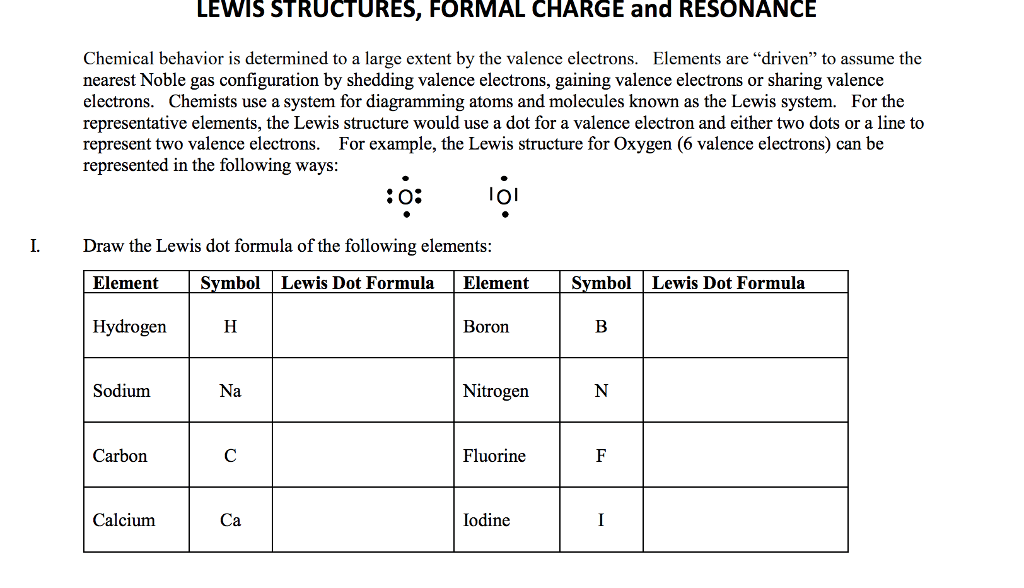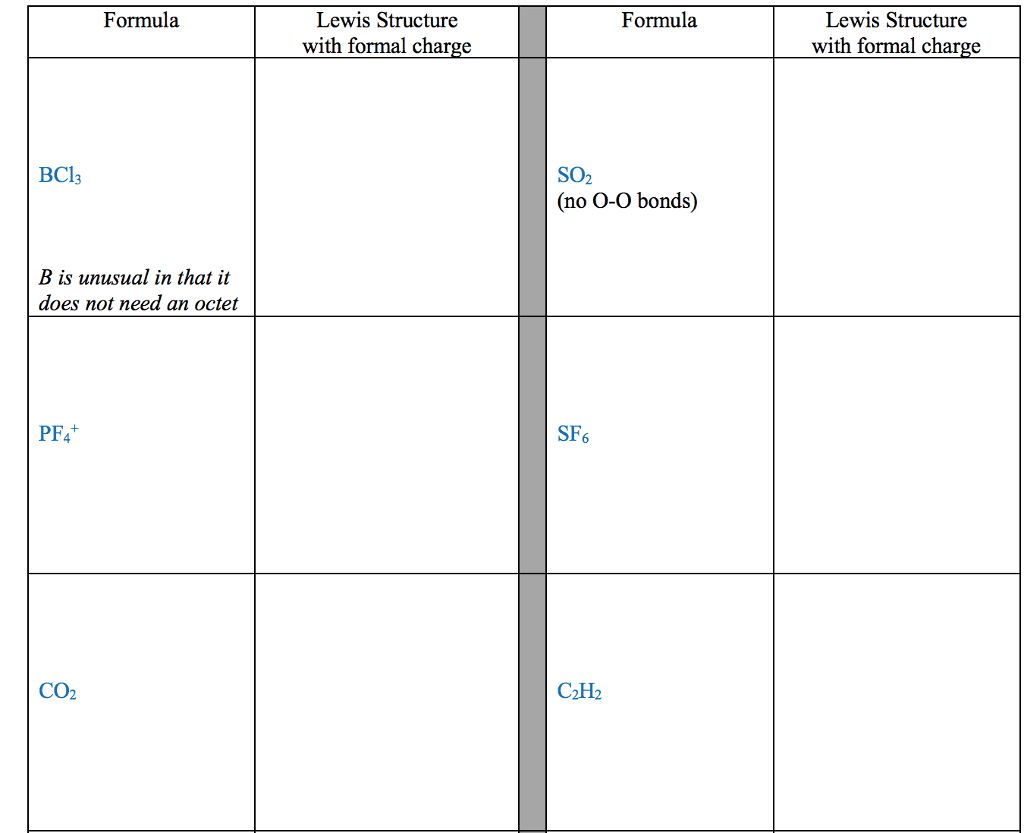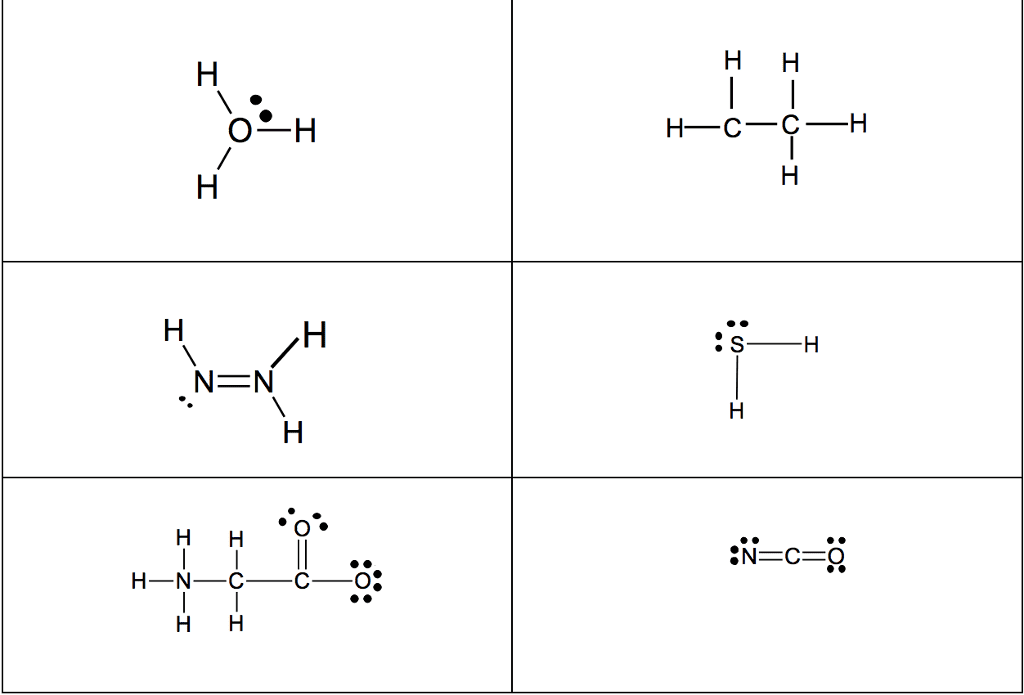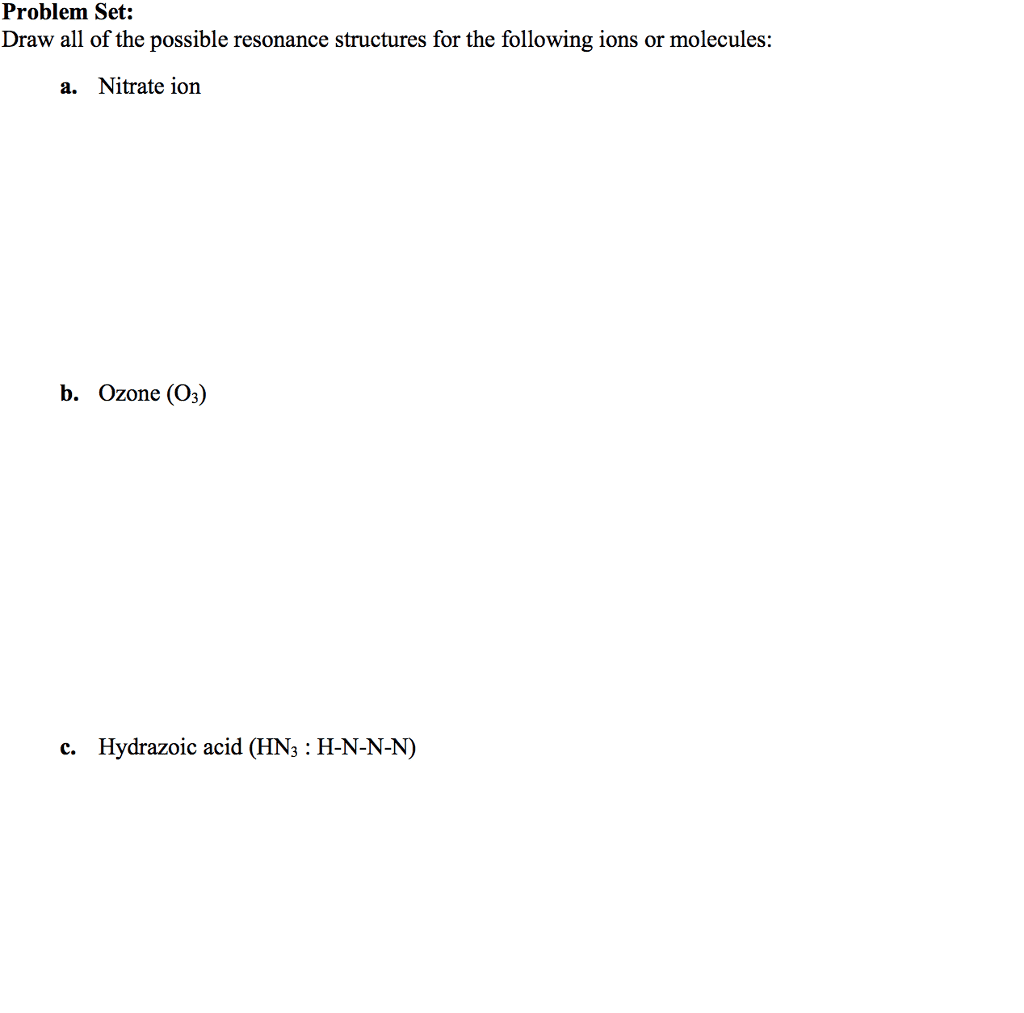CHE 110 Chapter Notes - Chapter 9: Nonmetal, Fritz Haber, Dative Case

Chapter 9 – Chemical Bonding I: The Covalent Bond
I. Lewis Dot Symbols
1. The development of the periodic table and concept of electron configuration gave
chemists a rationale for molecule and compound formation
2. This explanation, formulated by American chemist Gilbert Lewis, is that atoms
combine to achieve a more stable electron configuration and maximum stability
results when an atom is isoelectronic with a noble gas
3. Chemical bonding is concerned with the valence electrons of atoms because only the
outer electrons form the bonds
4. Lewis Dot Symbol: consists of the symbol of an element and one dot for each valence
electron in an atom of the element
1) Keeps track of valence electrons in a chemical reaction
2) Ensures that the total number of electrons does not change
5. Periodic Table
1) The number of valence electrons each atom has is the same as the group
number of the element
1. Only exception: Helium has 2 dots but is in group 8
2) Transition elements, lanthanides, and actinides
1. Have incompletely filled inner shells
2. Generally, we cannot write simple Lewis dot symbols for them
II. The Ionic Bond
1. Ionic Bond: the electrostatic force that holds ions together in an ionic compound
2. As a rule, the elements most likely to form the ions in ionic compounds are:
1) Alkali metals and alkaline earth metals form cations
2) Halogens and oxygen form anions
III. Lattice Energy of Ionic Compounds
1. Lattice Energy: the energy required to completely separate one mole of a solid ionic
compound into gaseous ions
1) Quantitative measure of the stability of any ionic solid
1. Cannot be measured directly
2) Solid state is different because each cation in a solid is surrounded by a
specific number of anions, and vice versa
3) Overall stability of a solid ionic compound depends on the interactions of all
ions and not merely on the interaction of a single cation with a single anion
2. The Born-Haber Cycle for Determining Lattice Energy
1) Coulomb’s Law: the potential energy (E) between two ions is directly
proportional to the product of their charges and inversely proportional to the
distance of separation between them
2) Born-Haber Cycle: relates lattice energies of ionic compounds to ionization
energies, electron affinities, and other atomic molecular properties
1. Based on Hess’s law
2. Developed by German physicist Max Born and German chemist Fritz
Haber
3. Defines the various steps that precede the formation of an ionic solid
find more resources at oneclass.com
find more resources at oneclass.com

3) Born-Haber Cycle Example: Consider the reaction between lithium and
fluorine: Li (s) + ½ F2 (g) LiF (s)
1. Standard Enthalpy Change for this Reaction = -594.1 kJ/mol
1) Because the reactants and product are in their standard states (1
atm), the enthalpy change is also the standard enthalpy
formation for LiF
2. The sum of enthalpy changes for the steps is equal to the enthalpy
change for the overall reaction (-594.1 kJ/mol)
3. Trace the formation of LiF from its elements through five separate
steps
1) Process may not occur but pathway enables us to analyze the
energy changes of ionic compound formation, with the
application of Hess’s law
4) Five Steps of the Born-Haber Cycle
(using Li (s) + ½ F2 (g) LiF (s) and Enthalpy Change = -594.1 kJ/mol)
1. Convert solid lithium to lithium vapor
1) Steps
1. Determine the energy of the metal and nonmetal in
their elemental forms
1) Elements in their natural state have an energy
level of 0
2. Subtract from this the heat of formation of the ionic
solid that would be formed from combining these
elements in the appropriate rationing
3. This is the energy of the ionic solid, and will be used
at the end of the process to determine the lattice
energy
2) Li (s) Li (g),
2. Dissociate ½ mole of F2 gas into separate gaseous F atoms:
1) ½ F2 (g) F (g),
1. The energy needed to break the bonds in 1 mole of F2
molecules is 156.9 kJ
2. We’re breaking the bonds in half a mole of F2 so we
divide the energy (156.9/2) to obtain 78.5 kJ/mol
2) Steps
1. Elements involved in the reaction must be in their
gaseous forms
2. Add the changes in enthalpy to turn one of the
elements into its gaseous state, and then do the same
for the other element
3. Ionize 1 mole of gaseous Li atoms (see Table 8.3)
1) Li (g) Li+ (g) + e-,
1. This process corresponds to the first ionization of
lithium
4. Add 1 mole of electrons to 1 mole of gaseous F atoms
1) F (g) + e- F- (g),
find more resources at oneclass.com
find more resources at oneclass.com












